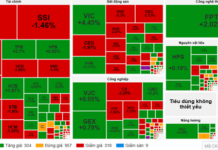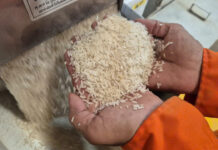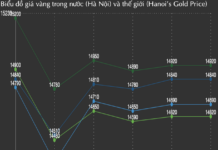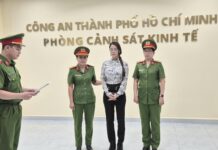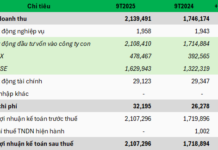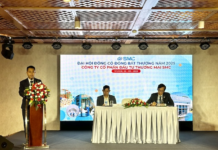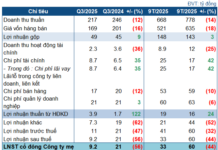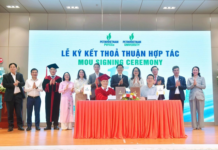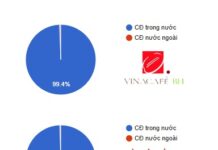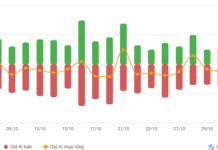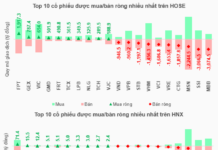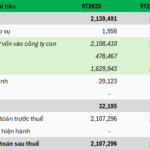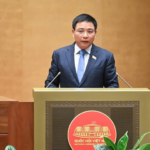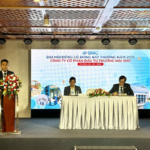Today (23/2), the appraisal session of the Hanoi Capital Planning for the 2021-2030 period and vision to 2050 took place at the Ministry of Planning and Investment.
There will be a second airport
At the session, Chairman of the Hanoi People’s Committee, Tran Sy Thanh, shared that the capital planning has a wide scope and extensive research, with a comprehensive nature covering almost all sectors, integrated from multiple proposed options of departments, sectors, and areas. The planning has proposed new breakthrough points in the development orientation.
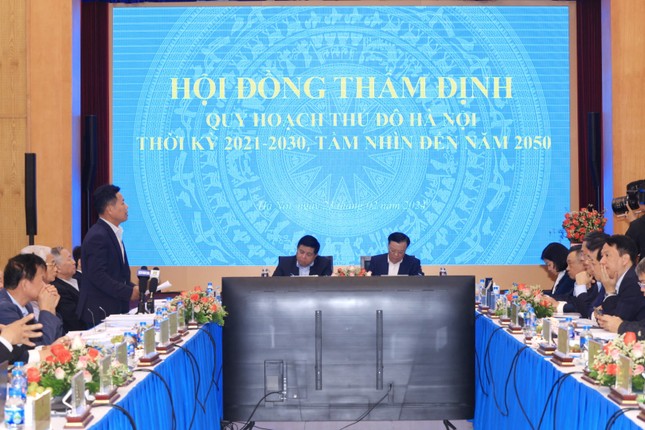
Appraisal session of the Hanoi Capital Planning.
Specifically, Hanoi is expected to focus on developing an urban railway system that is capable of replacing personal transportation and connecting the city center with urban centers in the capital region; at the same time, expanding and increasing the capacity of Noi Bai Airport to an effective limit; building the second airport in the capital region to expand the development space in the southern area.
The planning also proposes preserving the old image of Hanoi through heritage conservation and enhancements to old streets and French architectural streets. Hanoi will develop urban areas with a public transportation orientation (TOD), expanding beyond the city center; limiting the development of low-rise urban areas according to the land subdivision model.
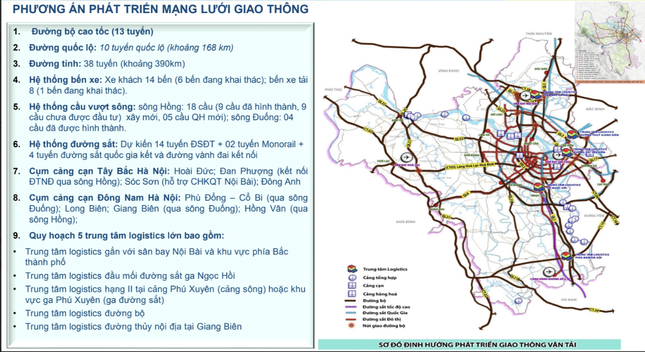
Transportation network development plan.
The economic-social zoning plan consists of 5 regions, in which the planning of the North Red River region (Long Bien, Gia Lam, Dong Anh) is the new administrative center of the capital. The urban system by the year 2025 will have 5 development areas; at the same time, the planning proposes to study the formation of 2 more cities: the tourism city (Son Tay – Ba Vi) and the airport city in the south when there is the second airport (Phu Xuyen – Ung Hoa).
Hanoi will develop the financial center in the northern and Vietnamese regions, by 2030, the financial center will be Hoan Kiem, after that, the development of financial satellite centers will be placed on the Nhat Tan – Noi Bai axis…
Breakthrough solutions are needed to solve traffic congestion and pollution
Giving comments on the capital planning, Mr. Cao Viet Sinh – former Deputy Minister of the Ministry of Planning and Investment – recommended that Hanoi shift its economic structure to increase the growth rate with a focus on industrial and service sectors including tourism; there is a need for solutions to make Hanoi become the growth core of the country, developing rapidly and sustainably.
Mr. La Ngoc Khue – former Deputy Minister of the Ministry of Transport – pointed out the contradiction that Hanoi aims to be a city worth visiting and retaining, but there is traffic congestion, air pollution, and many places with water sources that do not meet standards… Mr. Khue proposed that these issues should be resolved resolutely with immediate solutions in this term.
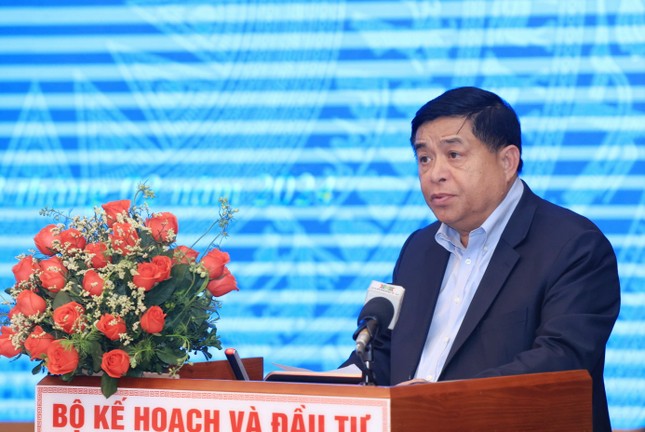
Minister of Planning and Investment, Nguyen Chi Dung.
Representing the appraisal council, Minister of Planning and Investment, Nguyen Chi Dung, commented that transportation and environment, pollution are major issues for Hanoi. The planning needs a breakthrough plan, if the traffic congestion continues, it will be impossible to achieve the goal of a civilized, modern, and livable city.
The planning estimated that the damage caused by congestion in the capital is $1.2 billion per year, not counting the opportunity costs of extra time spent due to congestion and the costs of air pollution caused by vehicle emissions. However, according to the Minister of Planning and Investment, the damage figure may be higher, as every morning, people spend 30-45 minutes commuting to work and the same in the evening. The economic and social losses are significant, therefore, the planning of Hanoi needs a more fundamental and breakthrough solution for these issues.
According to the Minister of Planning and Investment, despite its advantages and achievements, Hanoi still faces certain difficulties, challenges, and “bottlenecks” that need to be resolved. Hanoi’s economic position tends to decline compared to other provinces/cities in the Red River Delta region. The economic structural shift is still slow in forming noticeable high-efficiency economic sectors.
Hanoi still has shortcomings in technical and social infrastructure development, connected to the Red River Delta provinces, especially the lack of synchronization and proper development with the small provinces in the southern sub-region. Hanoi’s population has exceeded the projected level due to population growth, and relocating people out of the inner city is not feasible, creating significant pressures on infrastructure and the quality of life for residents. Hanoi’s topography is divided by a system of rivers and streams; the weak geological foundation presents challenges to the development of underground works, especially the development of underground space.
In order to develop strongly, the Minister of Planning and Investment emphasizes that Hanoi needs to determine its own potential, distinctive strengths and advantages; especially in this planning, new approaches, new thinking, expanding the development vision, and a clear implementation roadmap are required.
It is known that Hanoi’s public passenger transport only meets about 18.5% of travel demand, which is much lower compared to other developed capitals; personal vehicles account for over 80% of total trips.

